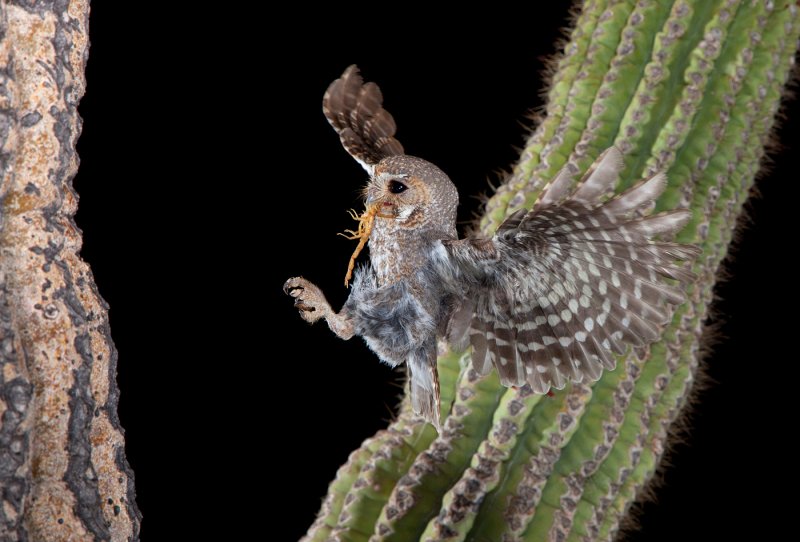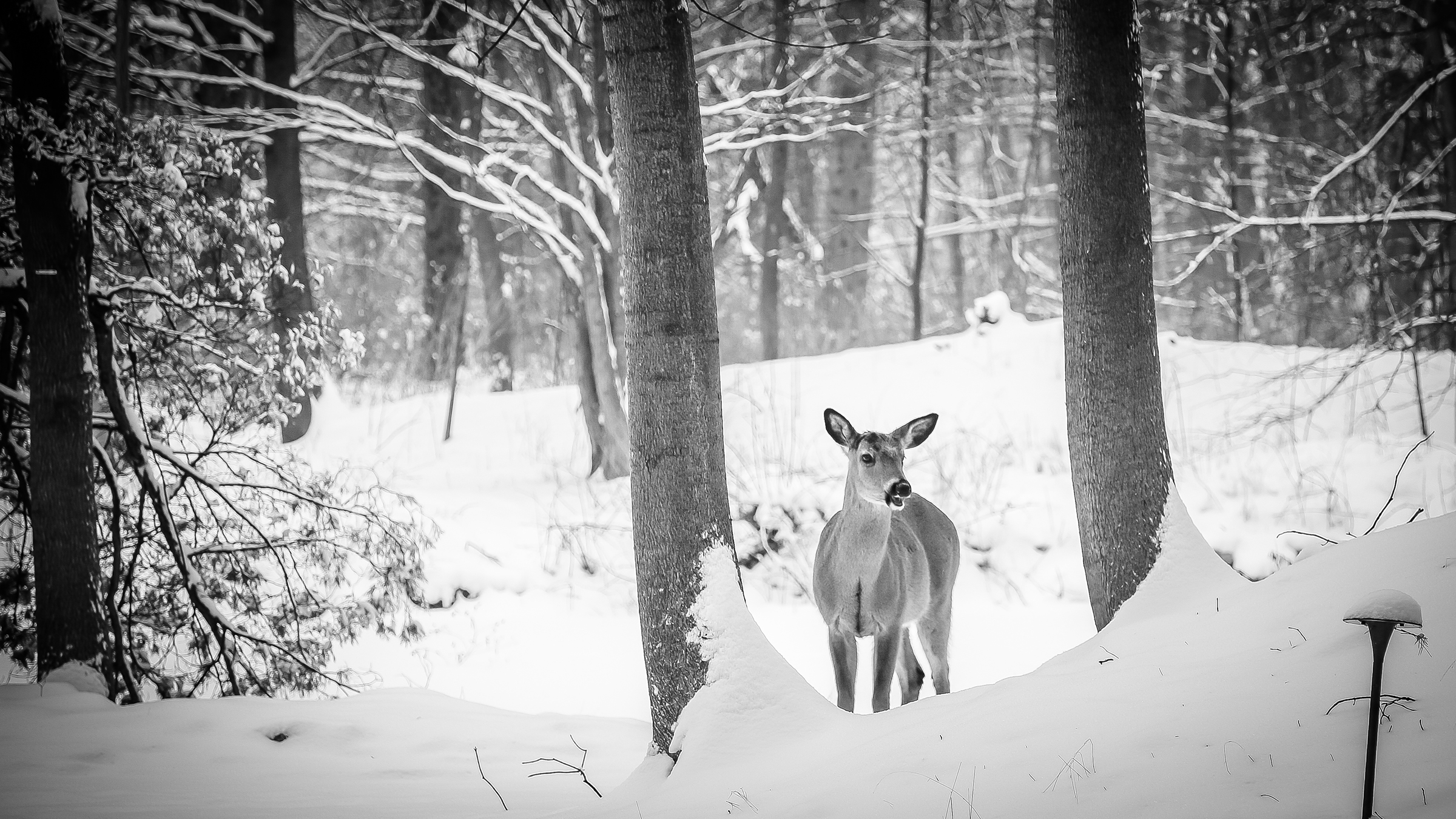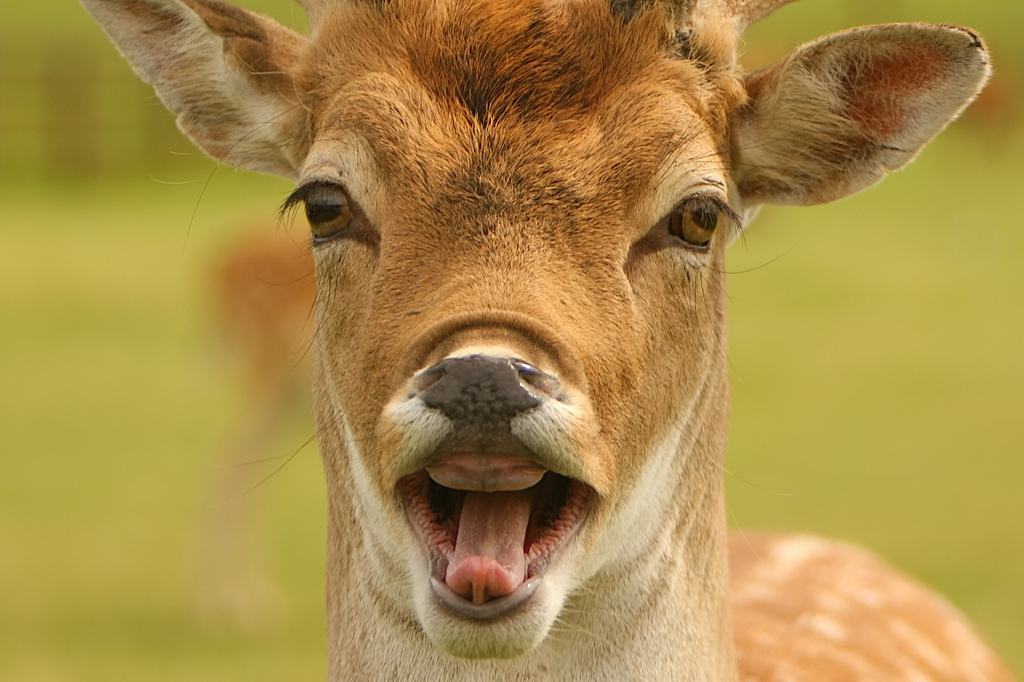
Blog
- SEO Team
Axolotl as Pets for Your Garden Pond
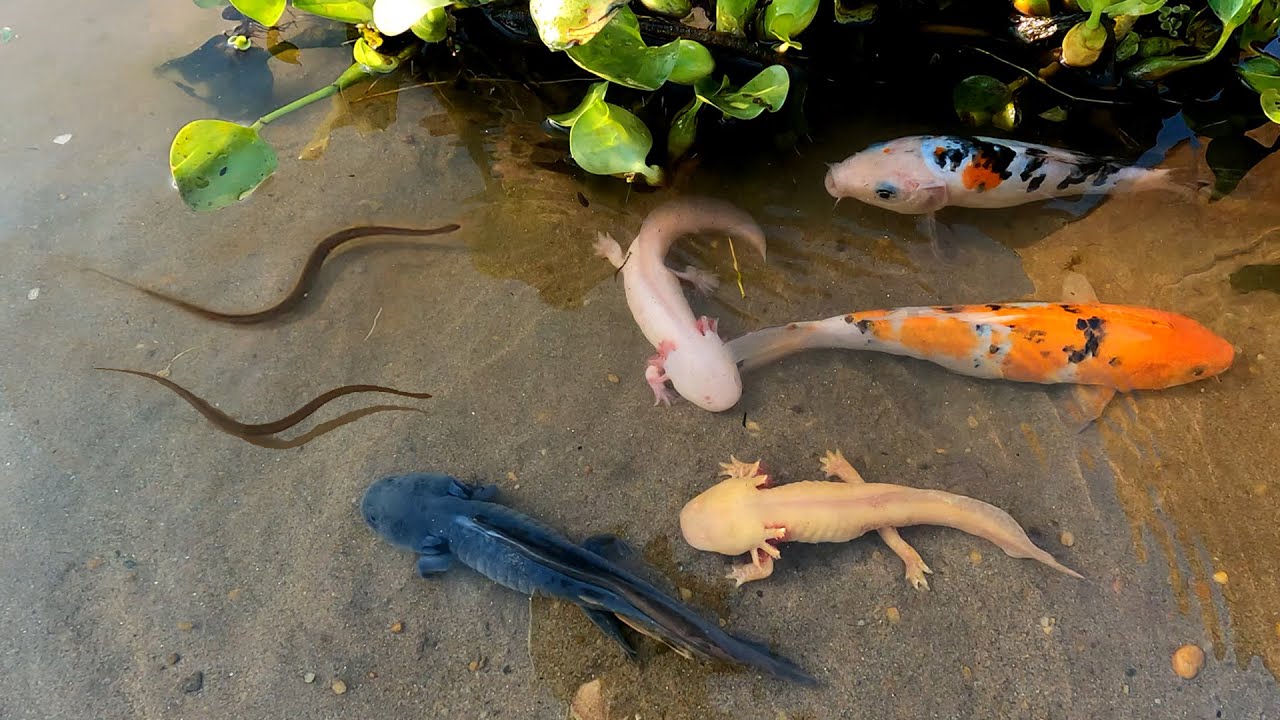
Keeping axolotl as pets is a great idea, if you know what you’re getting into and have ample space for them to grow and thrive. Axolotls, also known as the Mexican walking fish, are quite intriguing pets, but they are different from other amphibians, making them an excellent choice for experienced pond owners.
What is an Axolotl?
An axolotl is a type of salamander that is completely aquatic – and as such, you can’t remove them from water. Since this type of salamander retains its gills, instead of having them turn to lungs, the axolotl must remain aquatic its entire life. Handling axolotls can be dangerous as their exterior gills are prone to damage, but you can touch them with very slow, careful movements.
How to care for an Axolotl?
These walking fish are relatively easy to care for and will thrive if their environment fulfills their basic needs. They are generally quite healthy and rarely get sick if you care for your pond properly. Since they are cool-water animals, they will thrive in waters ranging from 60F to 65F. The water itself needs to be treated with a water conditioner that removes any harmful substances such as chlorine. The water’s pH levels must be maintained somewhere between 6.5 and 7.5 at all times, since axolotls have sensitive skin and gills.
What Do Axolotls Eat?
These aquatic animals are carnivores and their diet mostly consists of blackworms, nightcrawlers, water fleas, brine shrimp, as well as small amounts of raw liver and beef. Pellet food is also a good choice to feeding axolotls.
The feeding schedule of an axolotl is pretty straight forward – just feed them as much as they are able to eat in a 5-10 minutes period, two to three times every week. Young axolotls can eat every other day but once they grow and reach maturity, they need a few days to digest their food, so daily feedings are not necessary.
Lavender Melanoid Axolotl
Melanoid axolotls also come in a purple color, which makes them very rare pets to own. Most lavender species take on a green or grayish color as they age, along with spots on their body. Lavender hybrids are mainly found in the United States.
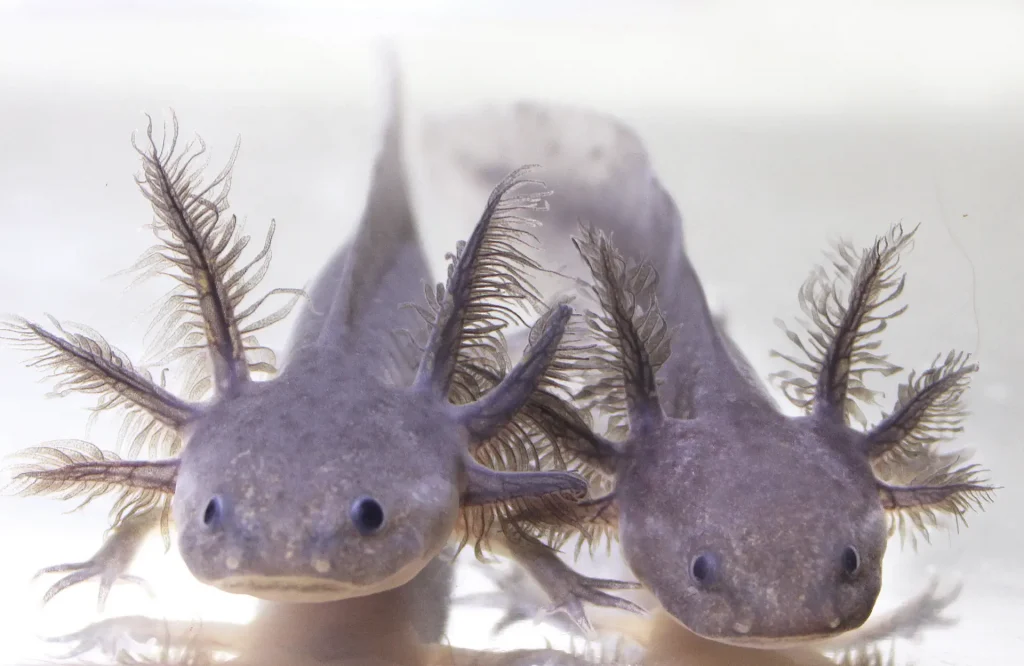
Glowing Axolotl or GFP Axolotl
GFP stands from green fluorescent protein, which explains the Axolotl’s bright green color as well as their unique origin. GFP Axolotls are very popular due to their unique ability – they glow bright under UV lights, making them interesting to watch in the dark. All glowing axolotls are albino variants that are injected with a certain protein that gives them their brilliant color.
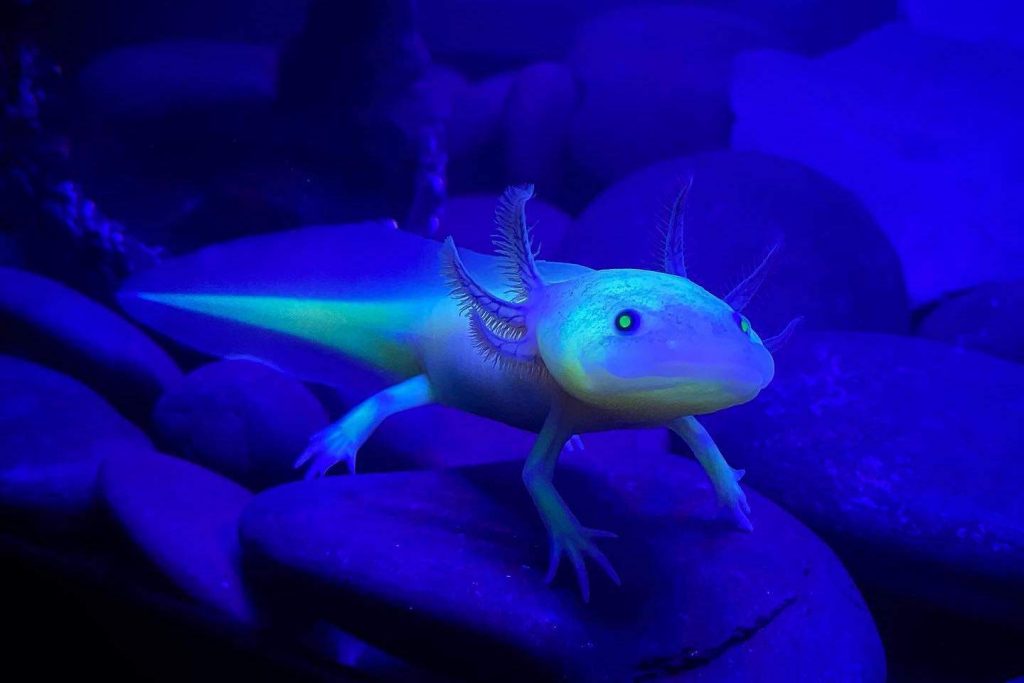
Copper Axolotl
Copper axolotls are another type of rare morphs. This species has a light grey body with grey irises and copper freckles. Other particularities include red gills with a mix of greyish hues. Color can be different from individual to individual, with light spots, dark spots and iridophores covering their small bodies. Apart from their stunning look, they often have a playful personality, which is why many koi pond owners also want axolotl as pets.
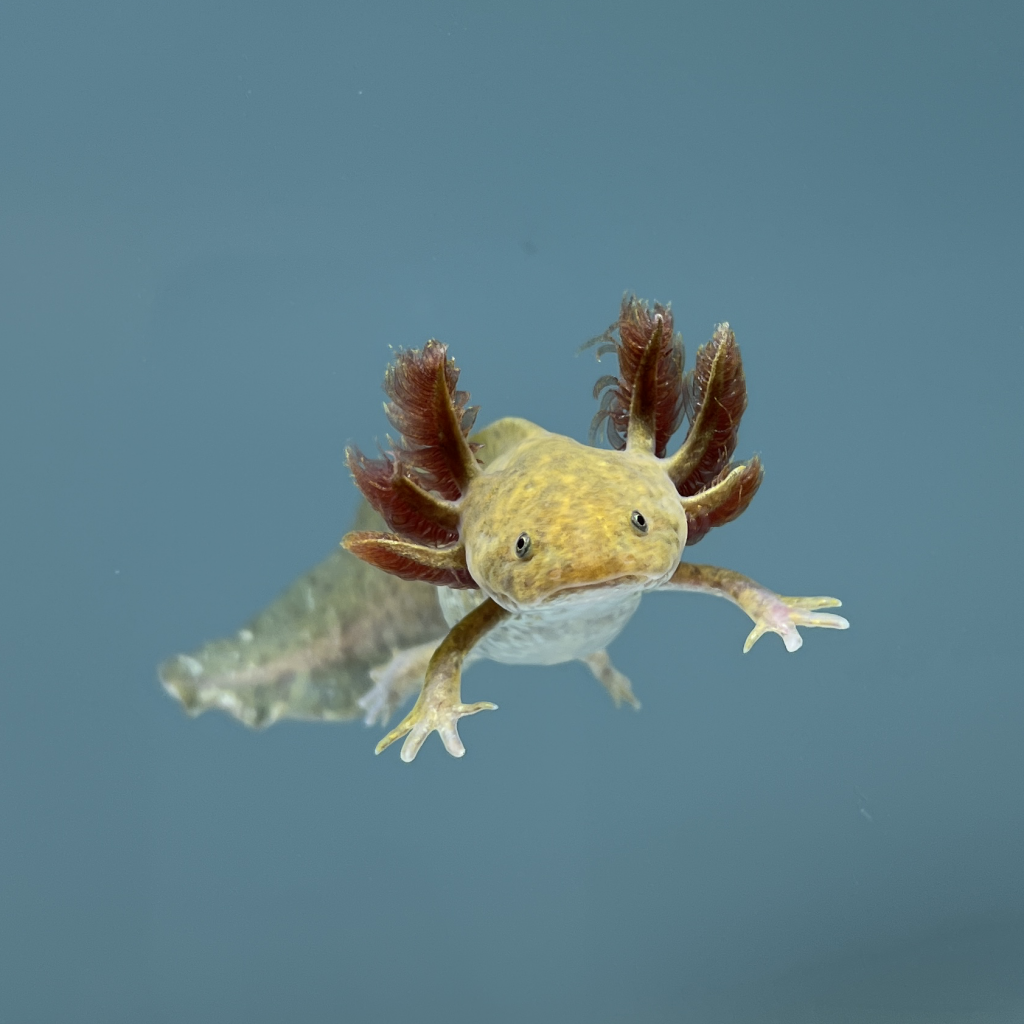
Recent Articles

We built our first timer over 50 years ago. With that timer, we established a constant determination to build quality products that meet our customers’ needs. This unwavering focus on quality products and excellent customer service is the foundation of Sweeney Enterprises.


